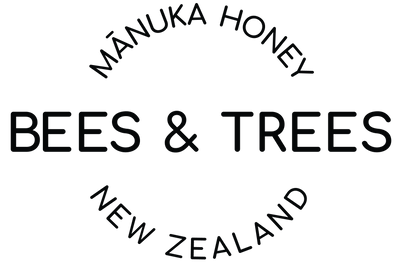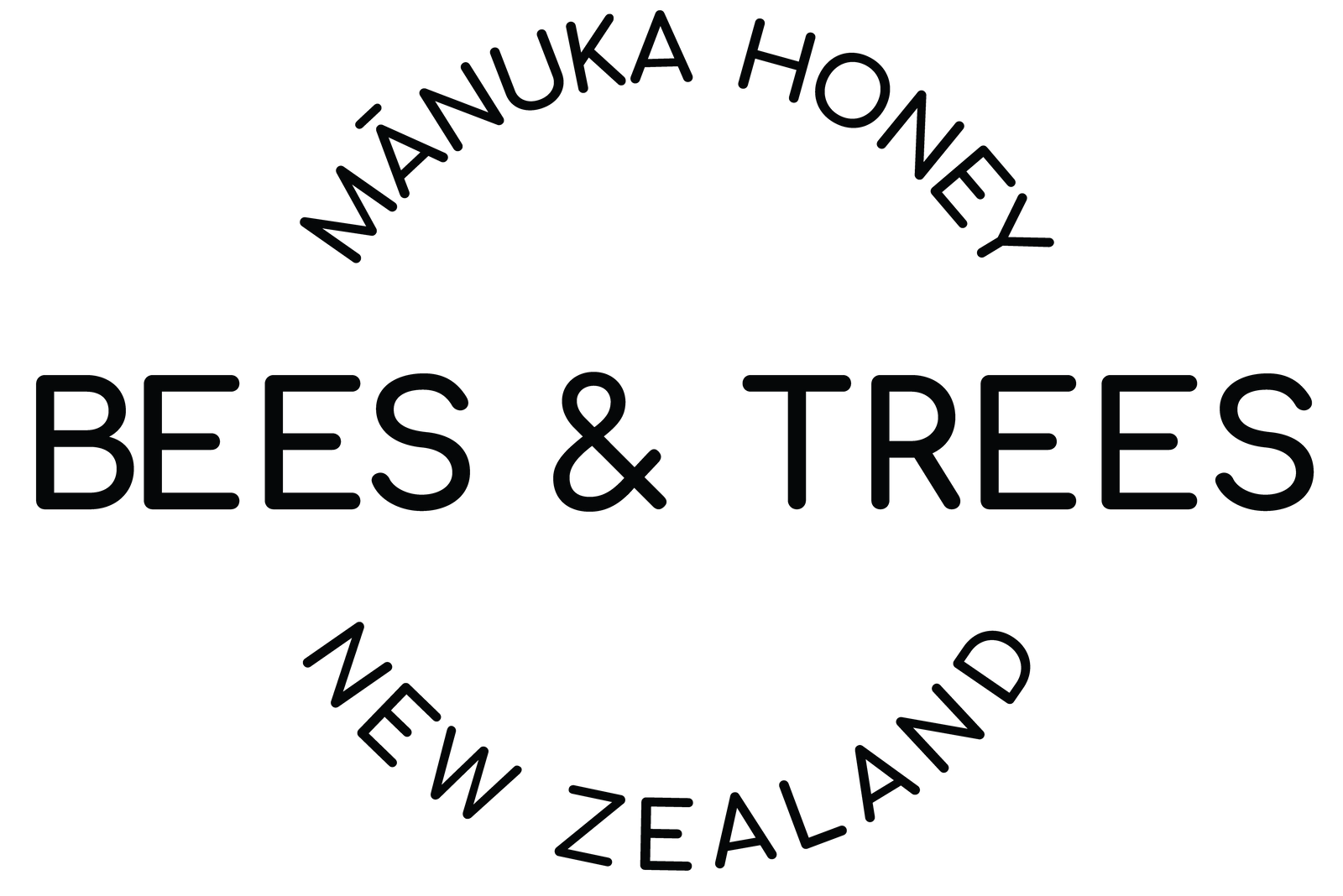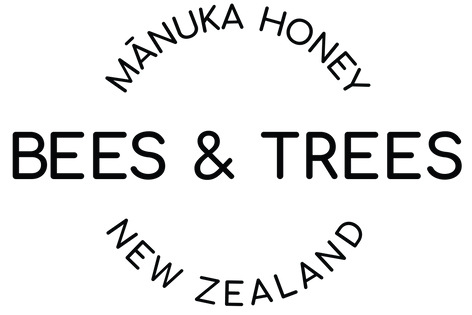
Various Manuka honey brands say lots of convincing things on their labels. For the unsuspecting consumer, the descriptions on these labels really do sound legitimate. They talk about pollen count, naturally occurring peroxide activity levels, and even DHA content. The problem is that none of these things don't directly tell you the amount of the active ingredient that makes Manuka honey unique – methylglyoxal (MG).

All Manuka honey is valued and sold based on the amount of MG in the jar – not pollen count, peroxide activity levels or DHA (a precursor to MG) content. You have to wonder why they don’t just put the amount of MG on the jar. Probably because the actual amount of MG in the jar does not equal the deceiving number they portray on the jar. Usually, these companies will put a number that looks like a UMF rating. UMF stands for “Unique Manuka Factor.” It is trademarked by the UMF Honey Association (UMFHA). Companies can only use a UMF designation if they belong to this organization. If they don’t belong, they can use the actual MG amount. Sounds simple, right? It should be. But companies will use a number that looks like a UMF number, but not actually say “UMF”, thereby hoping the consumer doesn’t realize or notice that there is no UMF designation. Here’s an example:

Here is what they say:
This label says 20+ Bioactive Manuka Honey. It also says that the “total activity level is a reflection of naturally occurring peroxide activity levels.”
Here is what they don’t say:
All honey has naturally occurring peroxide activity levels. Glucose oxidase, when combined with the moisture of a wound, will convert to hydrogen peroxide, and is an antiseptic. However, this type of “activity” has none of the benefits of Manuka Honey, which was discovered in the early 1990s to have a different, much more potent, broad-spectrum anti-bacterial property. At the time, this was coined “Non-Peroxide Activity” or NPA. Further research identified that Manuka honey’s potency is directly correlated to the naturally occurring organic compound methylglyoxal (MG). And the MG is what is laboratory tested to determine the potency and efficacy of Manuka honey.

Here is what they mean:
We take a bunch of floral type honeys and mix them with a really cheap, low-grade Manuka Honey so we can still say its Manuka honey, and label our jar with a 20+ hoping to make you think that it’s a 20+ UMF Manuka honey (which would correlate to a really high potency 870+ MG Manuka honey). So unless you know about MG and UMF designations, you will pay big money for very cheap honey. You can find us on the shelves of some of the biggest name retail stores in the US. In our experience, the US consumer has not really caught on yet. We have a much tougher time in Europe and Asia where the consumers are more aware of how to read Manuka Honey labels. We really hope you buy a lot of our product before you figure us out.
Tricky, aren’t they?
“Profit is sweet, even if it comes from deception.” -Sophocles, Greek Playwright
Here is what you should do:
When you are purchasing Manuka honey, make sure the label says the actual amount of methylglyoxal, abbreviated as MG or MGO, OR says UMF. If you just see numbers, it’s probably not what they want you to think it is. To know what the numbers mean, take a look at this chart (1).

If you still have questions, let us know. We want you to be certain about what you’re paying for and what you’re getting. Whether you buy our product or another legitimate Manuka brand, it’s good for our industry to have educated, aware consumers.
You can see how we label our honey here.
1. This chart shows the correlation between a UMF rating and the MG concentration of the honey. To display the UMF trademark on the label the honey must also be tested for threshold levels of Leptosperin and Hydroxymethylfurfural (HMF). These are two of the 6 chemical markers, plus a DNA marker that are typically tested for on Manuka honey. Four of the six chemical markers, plus the DNA marker are required by the NZ government before Manuka honey can be exported. Unlike raw honey, which is often unfiltered and minimally processed, Manuka honey undergoes specific tests to verify these unique markers.
***





